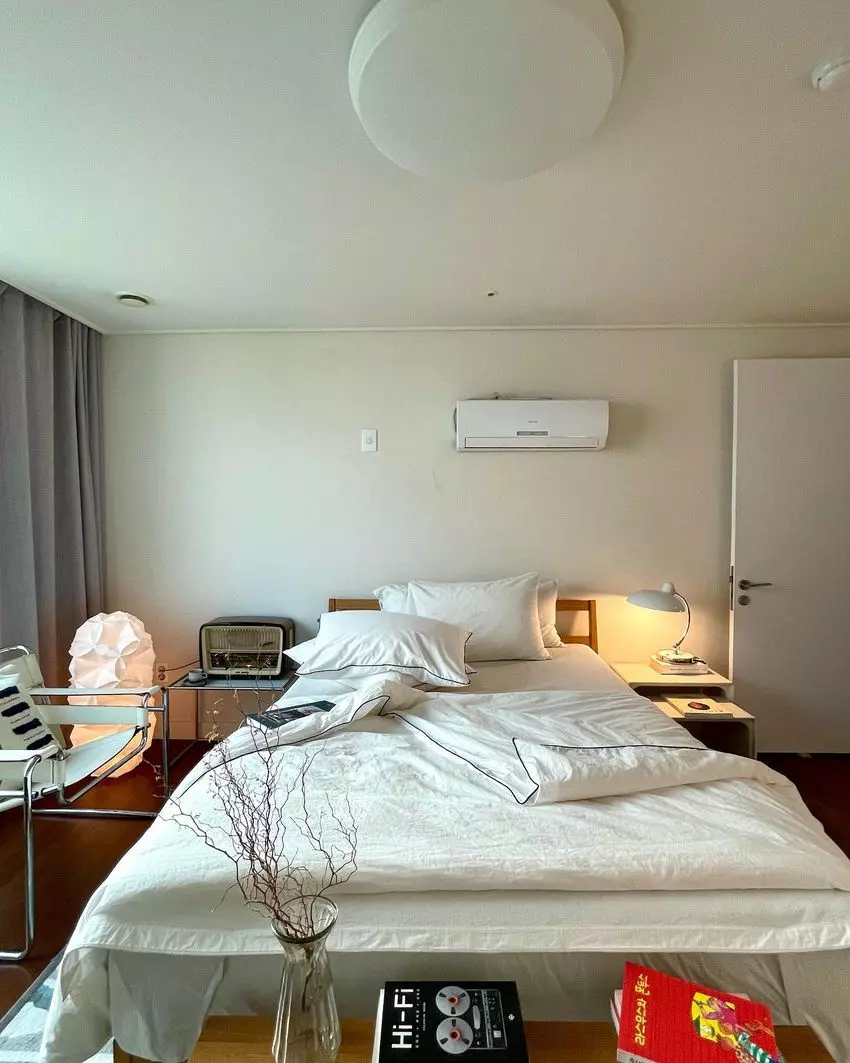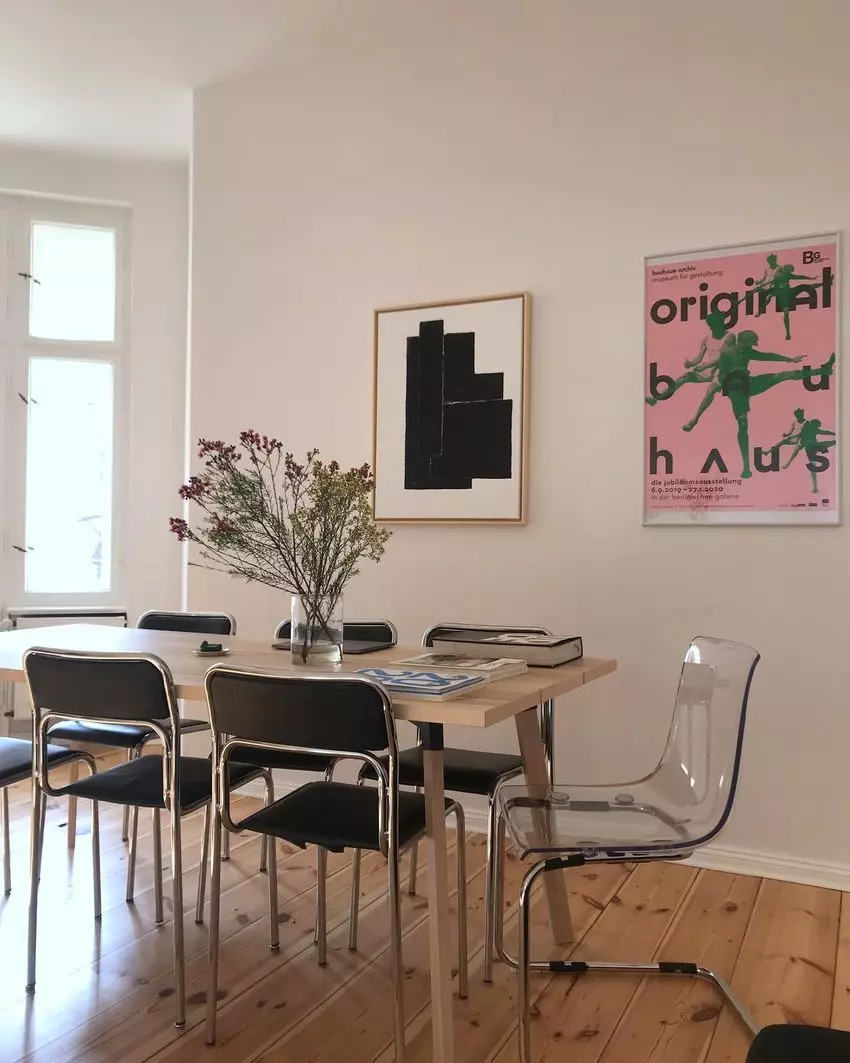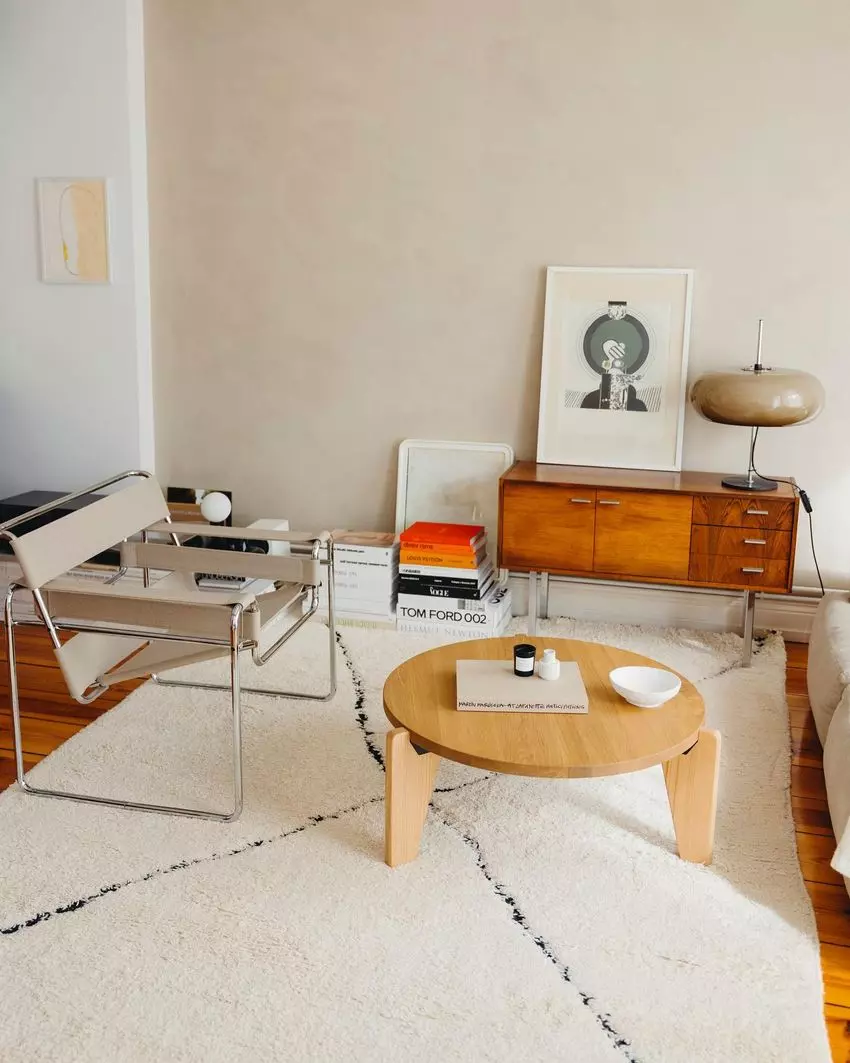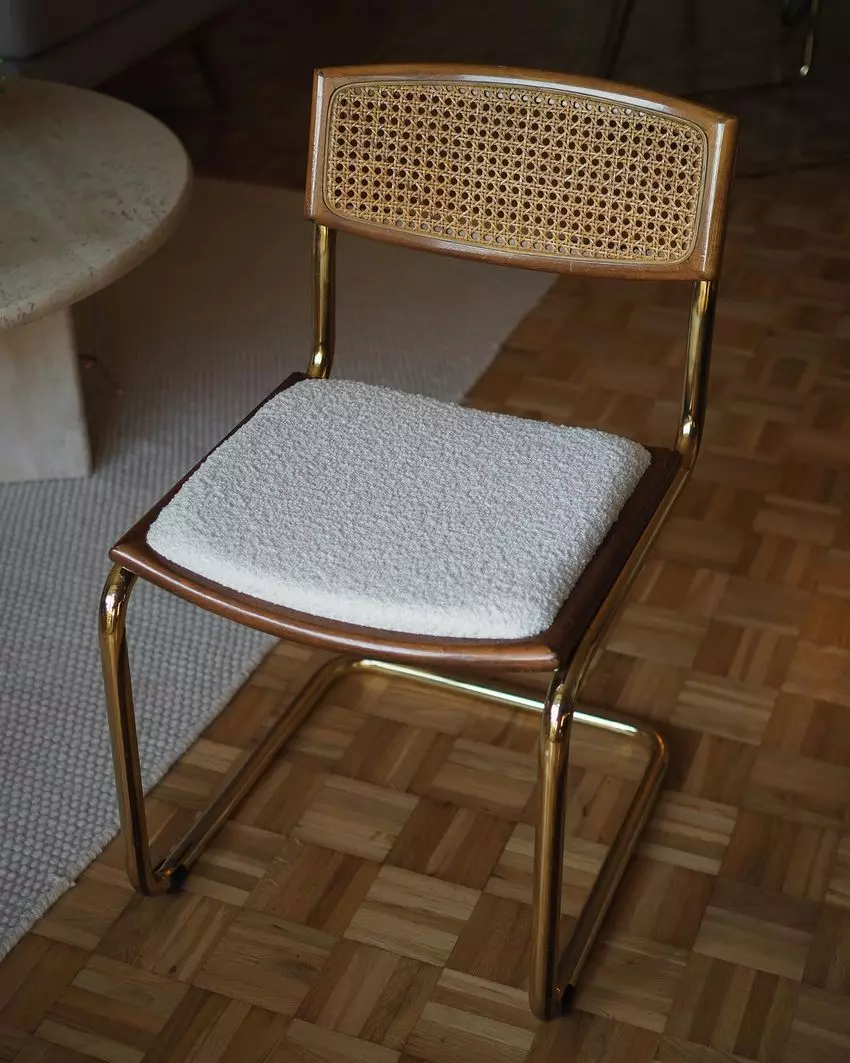Introduction
Discover the timeless beauty of Bauhaus decor and interior design. Rooted in Germany's influential art, design, and architectural movement of the 1920s and 1930s, Bauhaus combines simplicity, functionality, and clean lines to create spaces that are both stylish and inviting. Let's explore the key elements and iconic furniture pieces that define the Bauhaus style.
Bauhaus Style Design Elements
The Bauhaus style is characterized by its minimalistic approach, which emphasizes the elimination of clutter and unnecessary decorations. When decorating your home in the Bauhaus style, keep these design principles in mind:
Geometric Forms
One of the most recognizable elements of Bauhaus design is its focus on geometric forms. Incorporate geometric patterns in your fabrics, wallpaper, and choose furniture and accessories with clean, geometric lines. Art pieces featuring geometric shapes can also add a touch of Bauhaus style to your home.
 Image Source: Sven Fluck
Image Source: Sven Fluck
Minimalist Color Palette
Bauhaus design embraces a minimal color palette, typically consisting of neutral colors such as black, white, and gray. You can also incorporate subdued colors like blue, green, and brown. Remember, less is more. Stick to a few main colors and use accents of brighter primary colors sparingly.
 Image Source: Richard.Haan
Image Source: Richard.Haan
Clean Lines
Clean lines are a hallmark of Bauhaus design. Choose furniture and decor with a simple, elegant look, avoiding busy patterns and complicated designs. Stick to basic shapes and muted colors for a classic Bauhaus aesthetic.
 Image Source: @cationz
Image Source: @cationz
Form Follows Function
The concept of "form follows function" is at the heart of Bauhaus design. It emphasizes that a building's exterior design should align with its functional interiors. This principle showcases designs that prioritize functionality and practicality over ornate elements. Industrial materials such as metals, glass, and plywood are often incorporated into Bauhaus-style spaces.
Bauhaus Furniture
To fully embrace the Bauhaus style in your home, consider incorporating these iconic furniture pieces:
Wassily Chair
Designed by Marcel Breuer in 1925, the Wassily Chair is one of the most iconic pieces of Bauhaus furniture. Inspired by the frame of a bicycle, this chair features a tubular steel construction and a sleek and stylish design that complements any Bauhaus-inspired interior.
 Image Source: @mia_loves_things
Image Source: @mia_loves_things
Barcelona Chair
Originally designed by Ludwig Mies van der Rohe and Lilly Reich in 1929, the Barcelona Chair embodies the elegance and simplicity of Bauhaus design. Made from leather and chromed steel, this timeless piece adds a touch of sophistication to any Bauhaus home.
 Image Source: treaptyque
Image Source: treaptyque
Cesca Chair
Marcel Breuer and Mart Stam collaborated to create the Cesca Chair in 1928, another iconic piece of Bauhaus furniture. With its chrome-plated tubular steel frame and cane seat and back, the Cesca Chair combines simplicity and style, making it a perfect addition to any Bauhaus-inspired space.
 Image Source: @fornirove
Image Source: @fornirove
Embrace the Bauhaus Tradition
Whether you're drawn to the clean lines, focus on functionality, or the minimalist color palette, embracing the Bauhaus style in your home is a tribute to the influential design movement that continues to inspire architects, artists, and designers to this day. Choose simple, functional, and elegant pieces to create a space that reflects the essence of the Bauhaus tradition.









